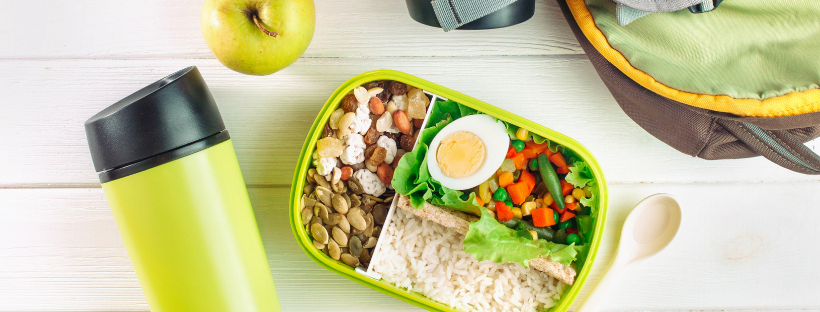Strategies for Protecting Childrens Eye Health

By Jessica Ivey, RDN, LDN
The Egg Nutrition Center partnered with Jessica Ivey, RDN, LDN to write this blog post. Jessicas opinions are her own.
August is Childrens Eye Health and Safety Month. As the kids head back to school this fall, theyll likely be spending more time looking at books and/or screens. Did you know that spending long periods of time reading, writing, watching videos, or other near work can create eye strain? There are several things you can do to help protect your childs eyes.
Remember the 20-20-20 rule.
You blink less when looking at a screen,whether it be a computer, e-reader or television, which can lead to digital eyestrain and dry eye. Take a 20 second break and look about 20 feet away onceevery 20 minutes. You can use a timer on digital devices to remind your childto take a break.
Get outside.
Studies have shown that spending time outsidemay lower the risk of nearsightedness in children and teens.1 Moreresearch is needed to determine whether this benefit comes from exposure todaylight or exercising distance vision. Be sure that children and adults alikewear UV-blocking sunglasses to protect their eyes from long-term UVdamage.
Eat your eggs.
One of the best ways to promote eye health is to eat a nutritious, balanced diet. Eggs are a source of lutein and zeaxanthin (252 mcg per large egg), two carotenoids important for eye health. Exposure to too much blue light may cause damage to the eye2 and these carotenoids block blue light from sunlight and digital devices, helping to protect the eyes. There are also long-term benefits as higher intake of lutein and zeaxanthin is associated with a reduced risk of advanced age-related macular degeneration.3 Lutein and zeaxanthin are also found in several vegetables, including spinach, Brussels sprouts, green peas, broccoli, summer squash, and corn, but because lutein is fat-soluble, your body is better able to absorb and use the lutein found in eggs thanks to the fat found in the yolks.
Try these nutrient-rich recipes featuring eggs.
- Send your child off to school witha protein-rich breakfast, like these Quinoa Egg Muffins.
- Pack a Cobb Salad Wrap and a piece of fruit for aflavorful balanced lunch.
- Serve Egg Pita Snackers for a satisfyingafter-school snack.
Jessica Ivey, RDN, LDN, is a dietitian and chef with a passion for teaching people to eat healthy for a happy and delicious life. Jessica offers approachable healthy living tips, from fast recipes to meal prep guides and ways to enjoy exercise on her website, JessicaIveyRDN.com. Follow her on Facebook and Instagram.
References
- Sherwin JC, Reacher MH, Keogh RH, Khawaja AP, Mackey DA, Foster PJ. The association between time spent outdoors and myopia in children and adolescents. Ophthalmology. 2012;119(10):21412151.
- Scientific Committee on Emerging and Newly Identified Health Risks (SCENIHR). 2012. Health Effects of Artificial Light (https://ec.europa.eu/health/scientific_committees/emerging/docs/scenihr_o_035.pdf)
- Johnson EJ. Role of lutein and zeaxanthin in visual and cognitive function throughout the lifespan. Nutr. Rev. 214;72(9):605-12.


